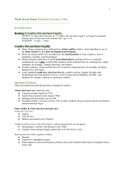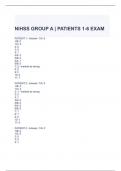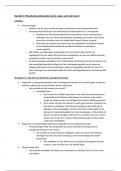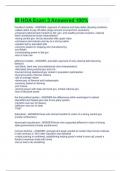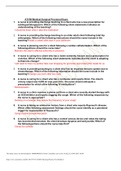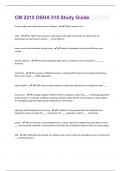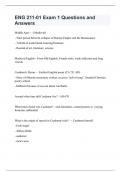Samenvatting
Summary Economy: Africa Week 7: Political Economy of War
- Instelling
- Universiteit Leiden (UL)
T.J. Moss and D. Resnick, ch. 5 “Conflict, War and State Fragility” in African Development: Making Sense of Issues and Actors, Rienner (2017) pp. 77-93. P.T. Zeleza “Introduction: The Causes & Costs of War in Africa. From Liberation Struggles to the ‘War on Terror’”, in The Roots of A...
[Meer zien]
